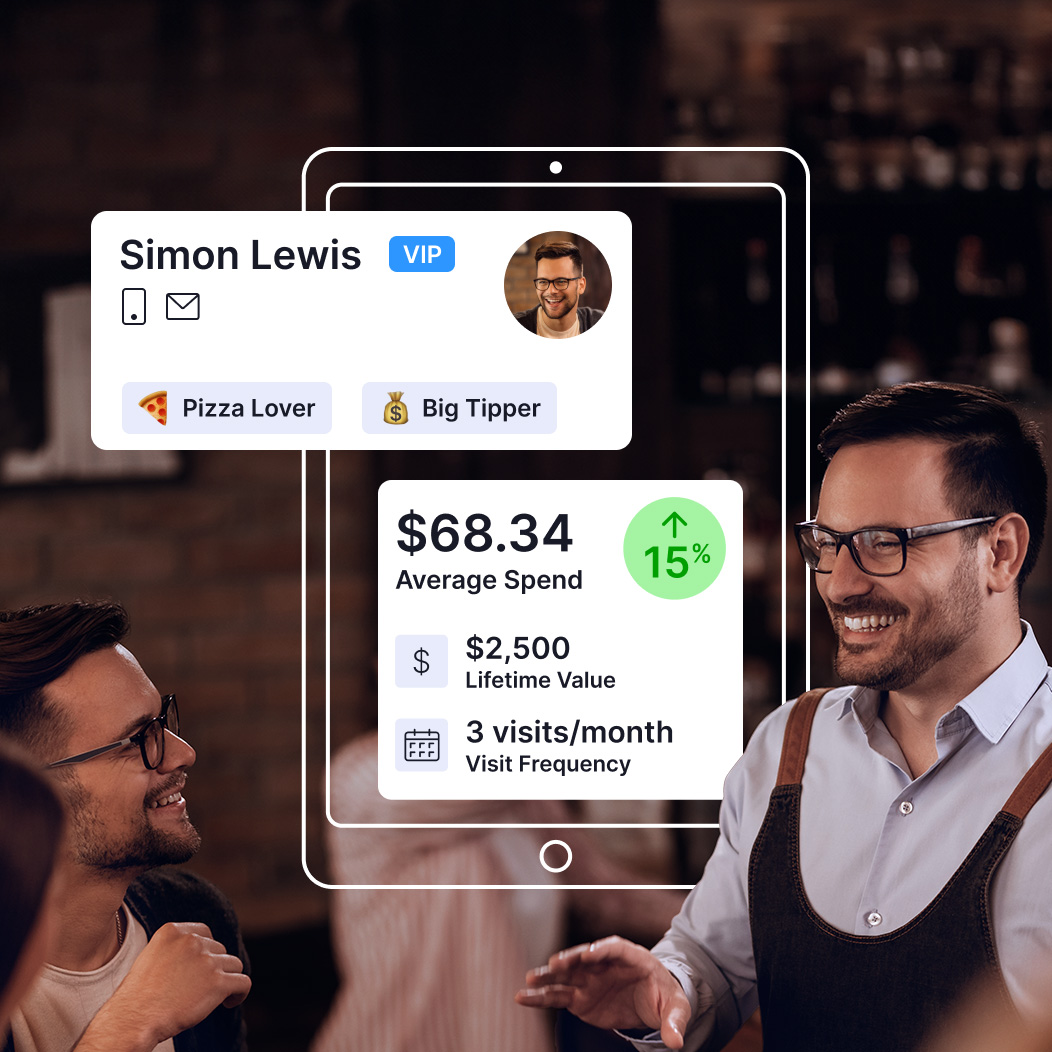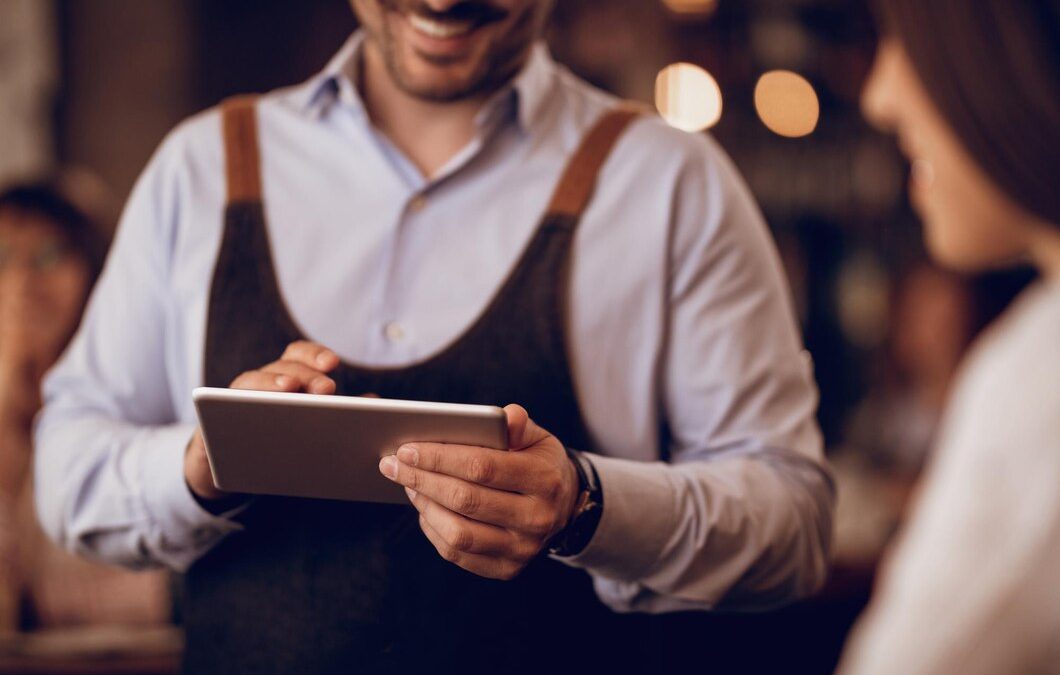What if a restaurant knew what you like to eat, your dietary reactions, or even your favorite kind of wine before you place an order? Could such a personalized experience satisfy you more and increase revenue for the restaurant?
Noah Glass, founder and CEO of restaurant technology company Olo, thinks yes. He wants to make every guest feel like a regular.
In an interview with Food On Demand, Glass highlighted several industry trends propelling some brands towards this vision.

Noah Glass, Olo founder and CEO
“With the rising cost of doing business, especially in labor, brands are looking to do more with less,” Glass noted. “Phase two: restaurants raise prices. Phase three: because they raise prices, traffic drops. And then phase four seems to involve some version of the value wars that is currently playing out.”
So, what can restaurants do to help drive traffic without resorting to heavy discounting? Glass advocates for leveraging guest data for personalization. “By using data about each guest to drive orders more frequently, and when they order, try new things to add to that basket.”
Smart suggestions boost check
Olo facilitates this through features like Smart Cross Sales, which uses AI to offer personalized suggestions during ordering and checkout based on order history, location, menu, and current cart content.
“This technology isn’t new,” Glass pointed out. “Platforms like Netflix and Amazon have used similar collaborative filtering for years but it’s groundbreaking for the restaurant industry.”
Over 10,000 restaurants currently use Smart Cross Sales, with reports showing a 10 percent increase in order size compared to traditional suggestive selling methods.
“That’s a powerful example,” Glass emphasized. “We didn’t discount or compromise restaurant profitability, yet guests spend 10 percent more per order.”
Another feature is Olo Borderless introduced two years ago. This streamlines checkout by eliminating the need for passwords or manual credit card entry for returning guests.
“So instead of doing it with an individual brand, they now have almost like this master skeleton key where they can log into any Borderless brand using that same account, and Olo can see that guest’s activity across all the brands where they are using it,” Glass said.
 With Borderless, Glass adds “they have a 7.5 percent higher conversion rate, and they’re returning with 25 percent greater frequency than traditional guests, and the restaurant is getting a ton more data because they’re ordering in a logged in-state.”
With Borderless, Glass adds “they have a 7.5 percent higher conversion rate, and they’re returning with 25 percent greater frequency than traditional guests, and the restaurant is getting a ton more data because they’re ordering in a logged in-state.”
In an industry where consumer data is so valuable, that’s like striking a gold mine.
Borderless recently went a step further, now integrating loyalty. The advancement allows guests to earn, redeem and use rewards from a restaurant brand’s existing loyalty program.
Digital and in-store insight
Looking ahead, Glass emphasized expanding data capture beyond digital interactions to include in-store purchases. Olo’s recent partnerships with point-of-sale companies like Qu, NCR and Tray to power the payment process, have enabled this bird’s-eye view.
This marks a game-changer for restaurant brands, especially restaurant marketers. You wouldn’t want to send a vegetarian a promo for rib night, right?
“This was a huge unlock, and a lot of restaurant marketers said that is the holy grail that they’ve been waiting for,” Glass said.
While these features can power enhanced guest experiences, Glass acknowledges the importance of privacy. “Guests always have the option to opt in or out and remain anonymous,” he said.
Nevertheless, he remains confident that personalized service is the cornerstone of hospitality. “I want to be known. I believe that’s the core of the restaurant. Being able to know who I am and personalize my experience.”


